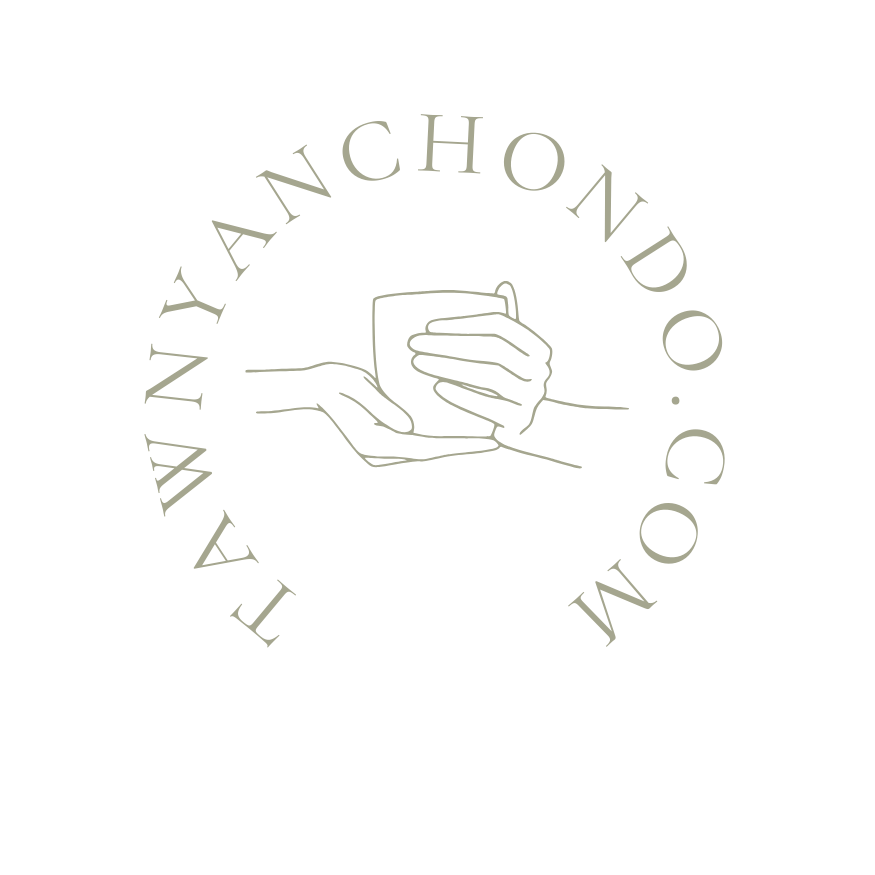Job Descriptions 201: From Good To Great
Last week I wrote on how to create a concise job description for your organization that can attract the right talent.
Today, I am going to share how I take job descriptions from good to great with five simple but powerful details.
Have Consistent Formatting:
Writing one good job description is impressive. Making all of your organizations job descriptions follow the same guidelines and formatting is next-level detail orientation.
In order to make this easier, along with the template we created in the last post, you can create a style guide for your organization to follow. This includes details such as:
Font choice and size for headings and paragraph text
Whether or not you end bullet points with a period
Guidelines on the use of the oxford comma
Whether or not you abbreviate anything in your job descriptions or write it all out
Having these basic guidelines in place and readily accessible to whoever is writing job descriptions for your organization will help streamline this process and ensure that candidates are getting a consistent branding message regardless of what job they want to apply for.
It is helpful as well to make sure one person or a group of people trained specifically on the style guide you create review all job descriptions that are posted for this level of consistency.
Include a Diversity Statement:
I applied to the role I currently have because my organization included a statement encouraging women and minorities to apply, and guess what? I am great at it and love my work, enough that I created a whole blog about the topic.
If your organization has no interest in hiring diverse minds and people from different backgrounds, you can skip this step, but I also recommend you keep your career options open because my bet is on your organization not lasting very long due to either lawsuits or lack of innovative ideas that can keep it running.
Your statement does not need to be complex or wordy. An example you can use or alter for your needs can be found here:
“We are committed to fostering an inclusive and diverse workplace where all individuals are valued and respected, and therefore actively encourage individuals from underrepresented backgrounds to apply to join our team as we strive to create an environment that celebrates and embraces diversity in all of its forms.”
Throw it at the bottom of all of your job descriptions next to your disability statement (see below) and you’ll be operating at a level leagues above the masses.
Include a Disability Statement:
I know it’s not the sexiest detail, but I cannot count how many candidates have responded to my messages thanking me for including a reasonable accommodation statement in my communications with them. It matters, accessibility matters, and having a statement that you support those with disabilities matters.
If your organization will not provide reasonable accommodations for employees and applicants, I recommend you do two things.
1. Double check the laws, because I am pretty sure you have to, and
2. Figure out how to do so anyway
This is another simple thing that makes candidates feel they are working for a company that cares about them as people over just filing seats to get work done. A sample can be found below.
“We are an equal opportunity employer and are committed to providing reasonable accommodations to individuals with disabilities throughout the recruitment process and during employment. If you require any accommodations, please let us know when we contact you and we will work with you to meet your needs.”
Include Reporting Structure:
A simple statement telling the candidate who they will be reporting to, just in title alone, can help the candidate visualize where they fit within your organization.
In addition, if your management team has half-way decent LinkedIn profiles, it will allow the candidate to find their potential future boss on LinkedIn and check out their background a little bit, also connecting and getting excited about future possibilities before they even have an interview.
A sample statement looks like this: “You will report to the Director of Engineering at our office in Washington State.”
Short and simple; throw it at the end of the job summary and cover all of your bases.
Detail the Application Process:
In order to do this, you need to know your application process, so if your organization is still figuring it out, return to this step later. A general application process included in a job description could look like this:
“Once you apply, a recruiter will review your application and email you with next steps.
If you are deemed a good fit for this role, you will meet with your recruiter and the hiring manager virtually before being brought onsite for an in-person panel interview with the broader hiring team. If all steps are passed, an offer will then be made to you.”
Or something like that, depending on how your organization handles their hiring process.
Note: It is better to skip this step if you do not have structured hiring in place than present a process to the candidate that you cannot follow. An organization that cannot stick to their own processes cannot be trusted by a candidate and you risk losing excellent talent along the way.







